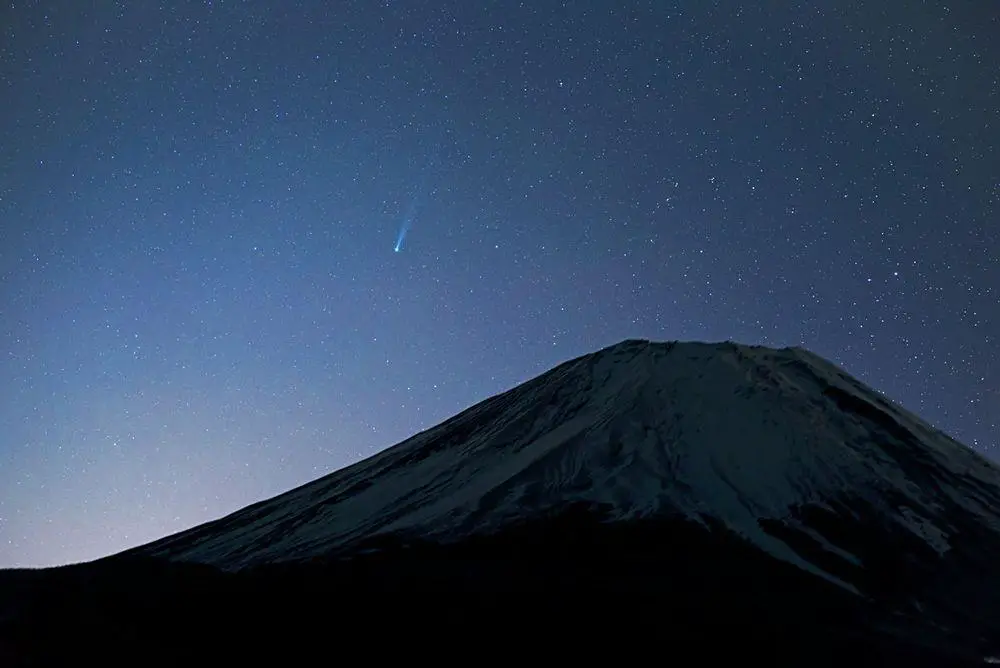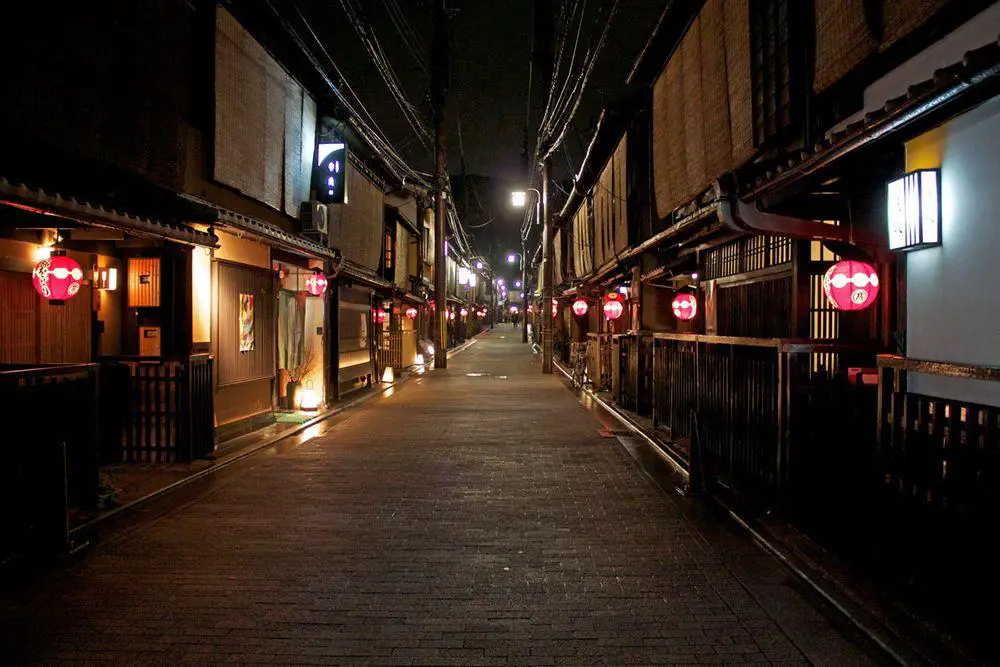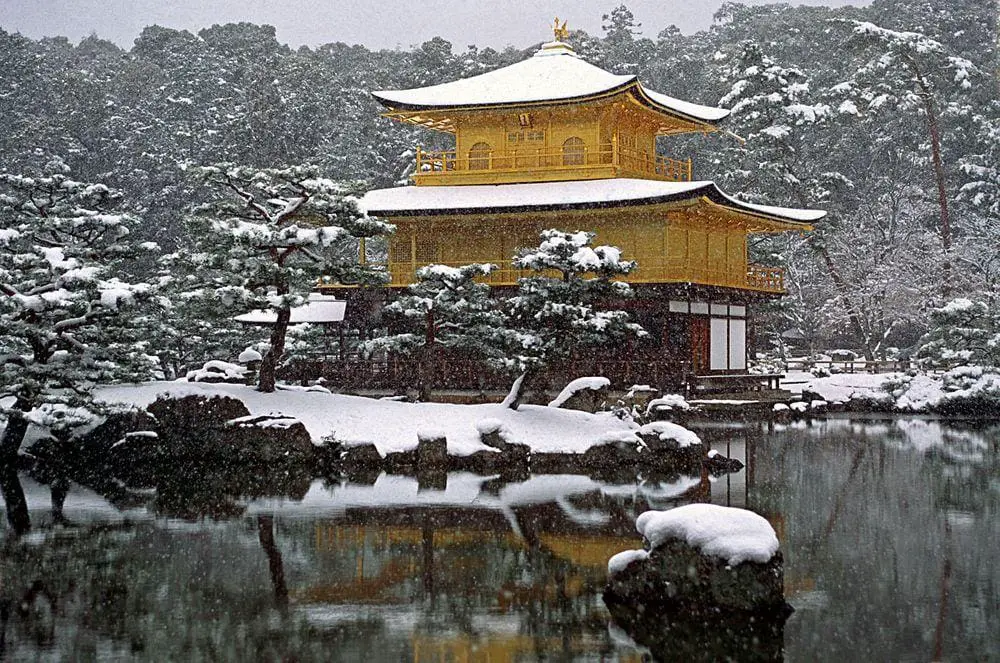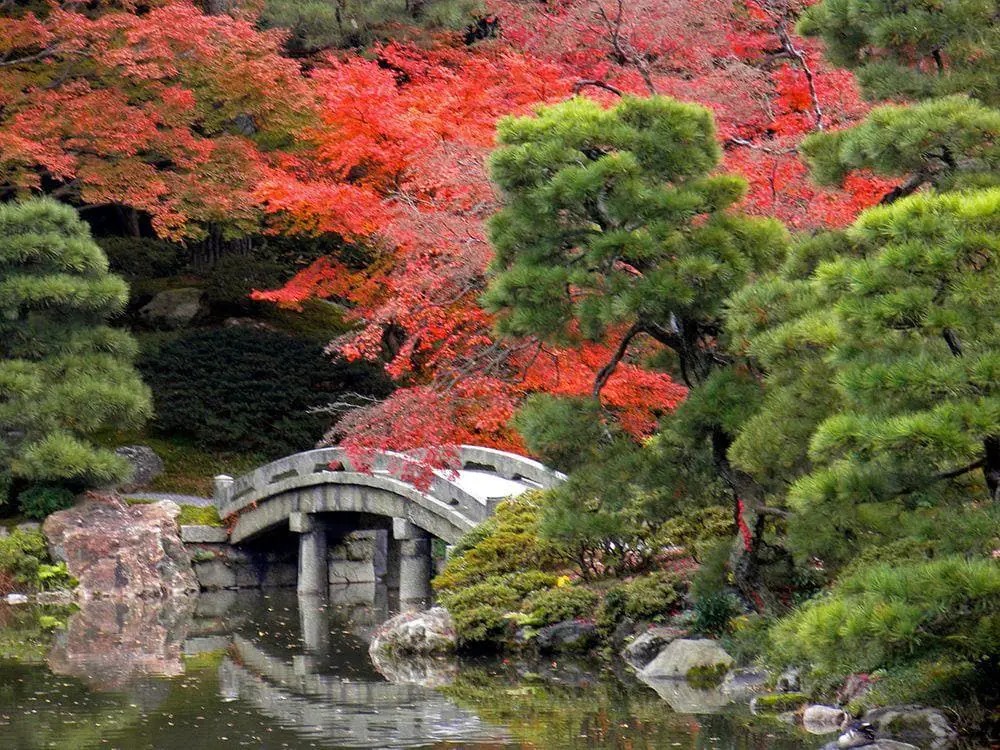Wondermondo 🢖 World 🢖 Wonders of Asia 🢖 Wonders of Japan
Territory
Wonders of Japan
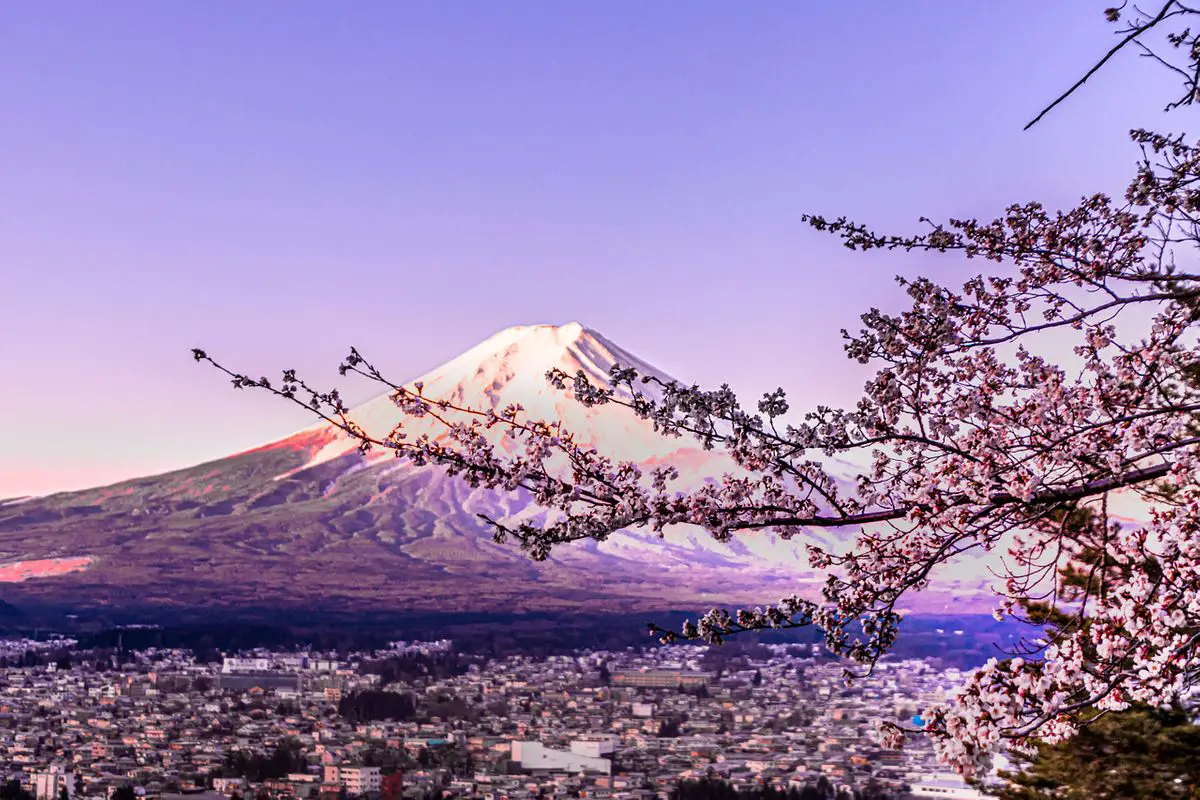
 Highlights
Highlights
A few years ago one of the Japanese buzzwords was garapagosu, in meaning that Japan is secluded and evolving separately from all the other world, just like Galapagos Islands.
Indeed, there are few countries in the world with such distinct and rich cultural heritage as Japan.
Map with the described wonders
If you see this after your page is loaded completely, leafletJS files are missing.
 Top 25 wonders of Japan
Top 25 wonders of Japan
Geological wonders
Mount Fuji
Chūbu
Symbol of Japan, the highest mountain in the country, 3,776 m high. This volcano has a nearly perfect symmetrical form and has provided inspiration for many works of art.
Yonaguni Monument
Ryukyu (part of Kyūshū)
An unusual underwater rock formation that resembles terraces. There are discussions about whether this is a natural or man-made formation that has been made several millennia ago, and is now inundated due to earthquakes.
Archaeological wonders
Nintoku-ryo Tumulus (Daisen Kofun)
Kansai
Largest ancient tumulus in Japan and the whole world, 486 m long and up to 33 m high. Could be built as early as the middle of the 5th century AD.
Architecture wonders
Itsukushima Shrine
Chūgoku
This is one of the most beautiful Shinto shrines, with its design established in 1168. A famous feature of the shrine is a wooden gate (torii) that stands in the sea. This is one of the symbols of Japan.
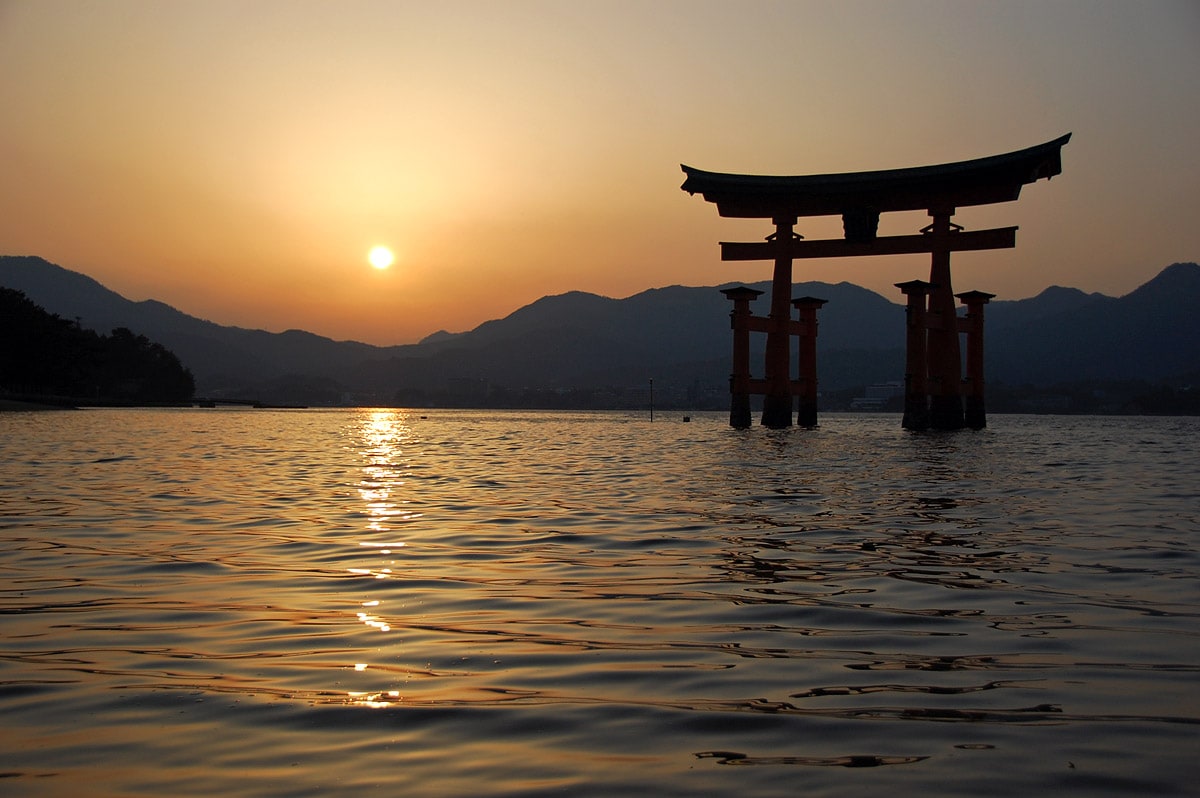
Tōdai-ji
Kansai
An important and beautiful temple complex established in 728, it contains the largest wooden building in the world. Sika deer are roaming freely here.
Gion
Kansai
Historical district in Kyoto with exclusive quarters of geishas (here – geiko). Traditional architecture, utensils, and way of life here are preserved.
Fushimi Inari
Kansai
The head shrine of goddess Inari, a large temple complex developing since 711 AD. An unusual feature is a path to the inner shrine covered with thousands of wooden gates (torii) donated by businessmen and individuals – as Inari is the goddess of industry and worldly success.
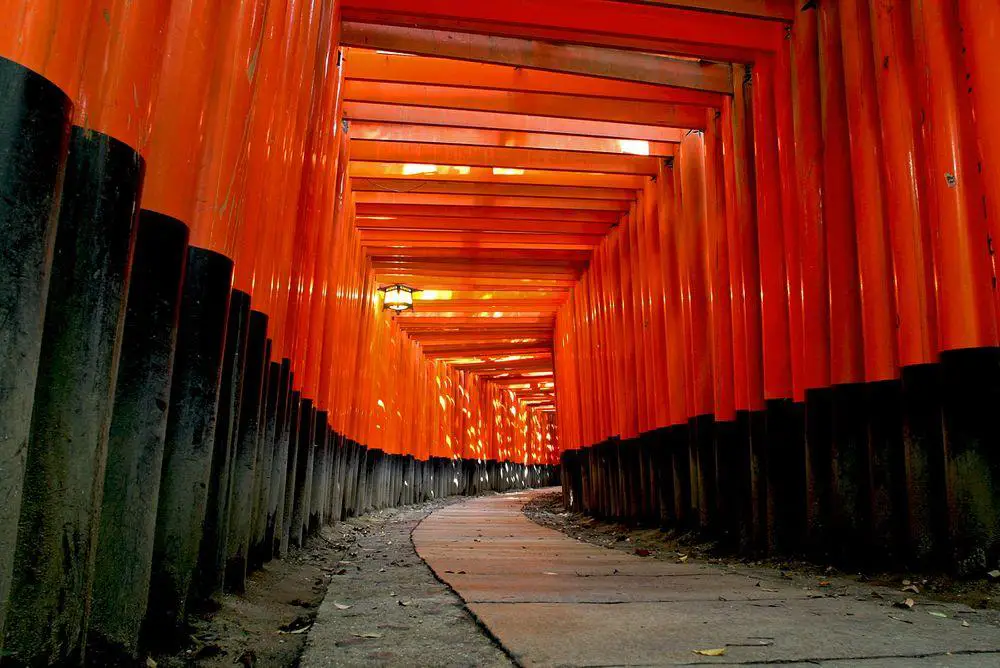
Kenroku-en
Chūbu
One of the three great gardens in Japan, developed in the 1620s – 1840s. One of the most beautiful parks in the world.
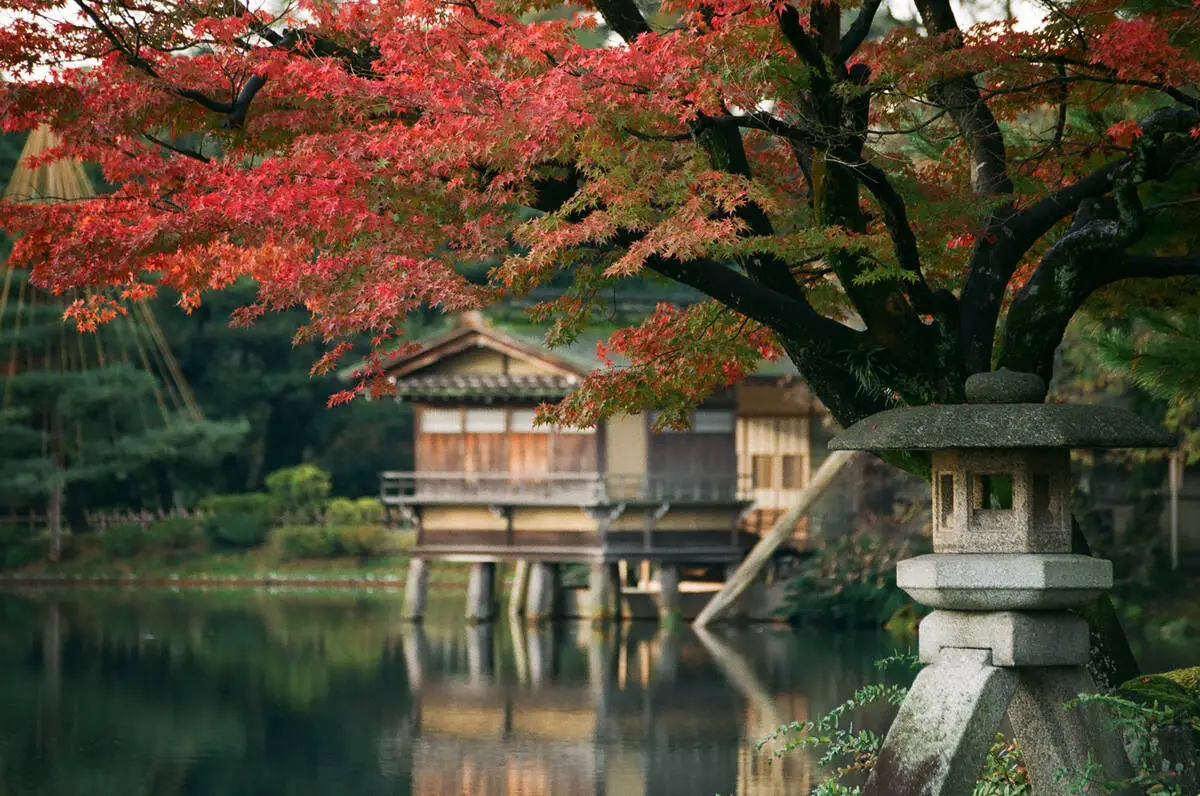
Kinkaku-ji
Kansai
This is a magnificent Zen Buddhist temple: a wooden structure, covered with gold leaves. It was initially built in 1397, was burnt down several times, and was last reconstructed in 1955. The garden around the temple belongs to the most beautiful gardens in the world.
Ryōan-ji
Kansai
A Zen Buddhist temple, renowned for its dry rock garden from the late 15th century. In this garden are located 15 boulders but only 14 can be seen from any angle. Only the enlightened are able to see the 15th one.
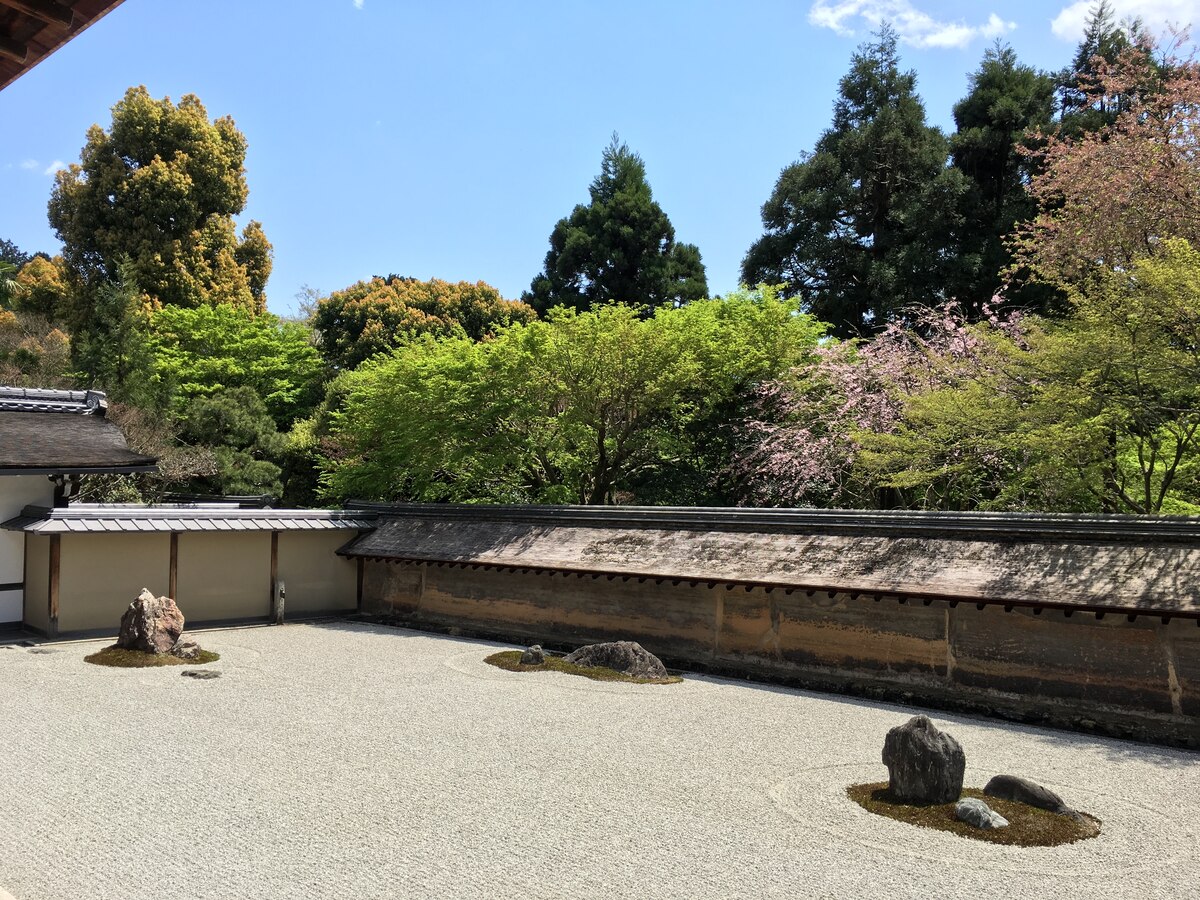
Kiyomizu-dera
Kansai
An important temple it was founded in 798, with the current buildings dating from 1633. The wooden structure was built without nails.
Shuri Castle
Ryukyu (part of Kyūshū)
Palace and administrative center of the former Ryūkyū Kingdom. Castle was originally built before the 14th century and rebuilt after the 2nd World War. The castle complex contains numerous interesting landmarks in the indigenous Ryukyu style, such as Shikina-en Gardens, Sonohyan-utaki sacred grove, and Shureimon gate.
Nikkō Tōshō-gū
Kantō
One of the most beautiful Shinto temples in Japan was initially constructed in 1617. The complex of buildings includes Yōmeimon – a richly decorated gate. The incredibly ornamented buildings contain countless symbols, including the famous three monkeys who hear, speak, and see no evil.
Hōryū-ji
Kansai
A complex of Buddhist temples. The pagoda of the temple is one of the oldest wooden buildings in the world, built soon after 594 AD. Next to it stands the Kon-dō prayer hall. It was built around 670 AD and has original murals. Temple contains many invaluable treasures of Buddhist art from the 6th – 7th centuries.
Kōraku-en
Chūgoku
One of the three great gardens in Japan, set in 1700.
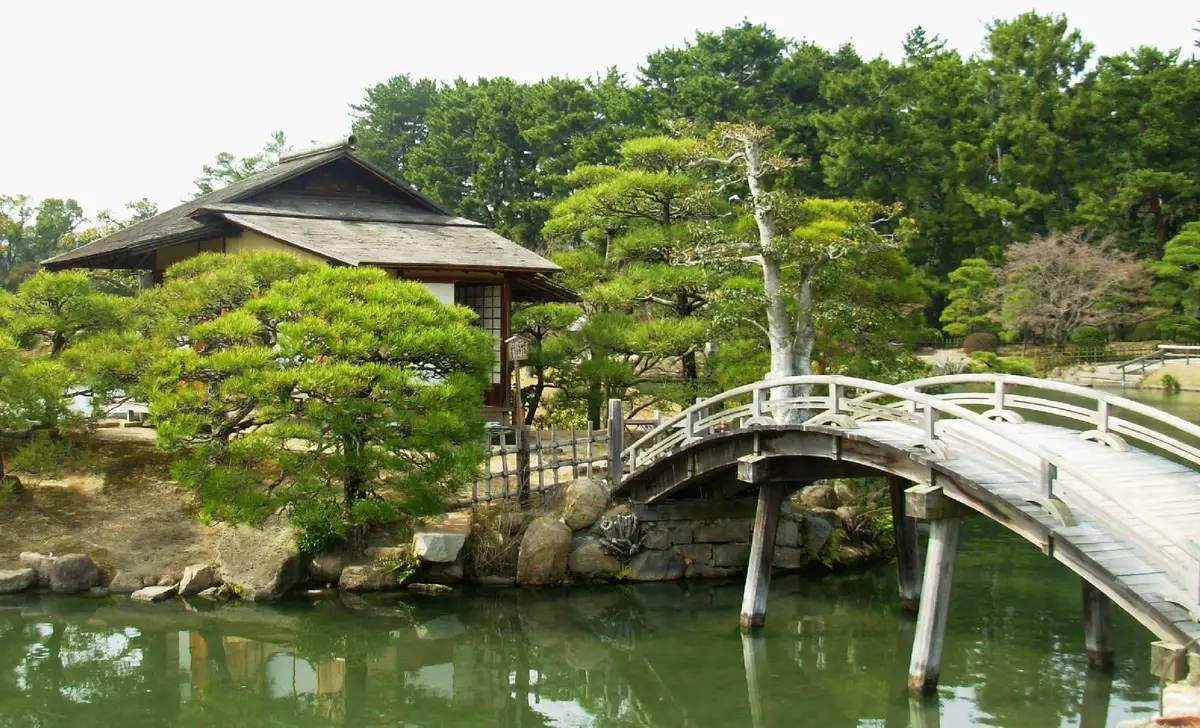
Himeji Castle
Kansai
The best example of traditional Japanese castle architecture, a group of 83 buildings and extensive defensive systems. Construction started in 1333, major rebuilding took place in the 16th century and in 1601 – 1609.
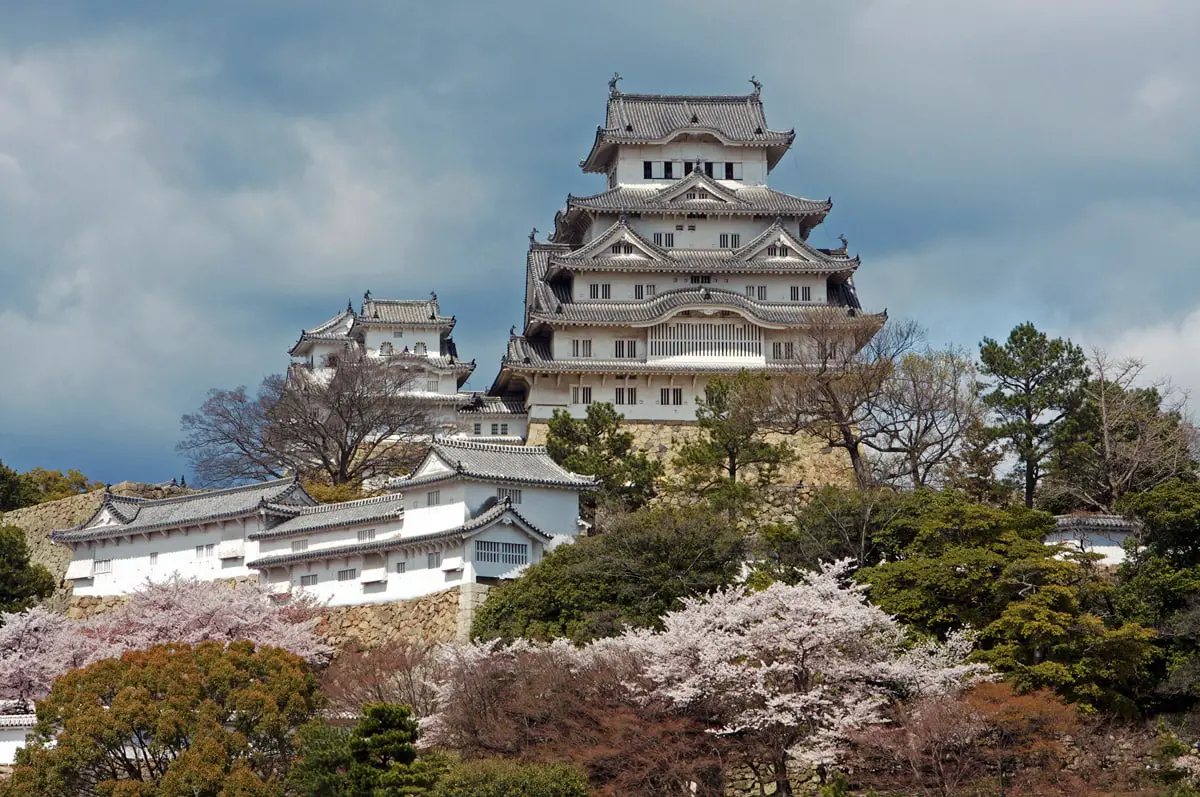
Matsumoto Castle
Chūbu
Well preserved, famous castle. Keep of the castle was built in the late 16th century and has its furniture and interiors well preserved since then.
Ise Grand Shrine
Kansai
One of the holiest Shinto shrines, especially the inner shrine – Naikū. Here is worshipped goddess Amaterasu-ōmikami. It is considered that the history of this shrine goes back to 4 BC, the first shrine was built sometime around 692 AD. Wooden buildings are built in a specific style and rebuilt every 20 years.
Kyoto Imperial Palace Gardens
Kansai
Beautiful gardens around the former imperial palace of Japan. Planning and buildings in the garden have provided much inspiration for modernist architecture and urban planning.
Shirakawa-go
Chūbu
Historical village with 112 well-preserved traditional houses in gasshō-zukuri style. These houses have very steep roofs to keep the snow off and large antics to grow the silkworms.
Meoto Iwa
Kansai
Shinto shrine – two rock stacks that are joined by a rope. According to Shinto, these rocks represent the union between a man and a woman. The rope needs to be replaced several times every year.
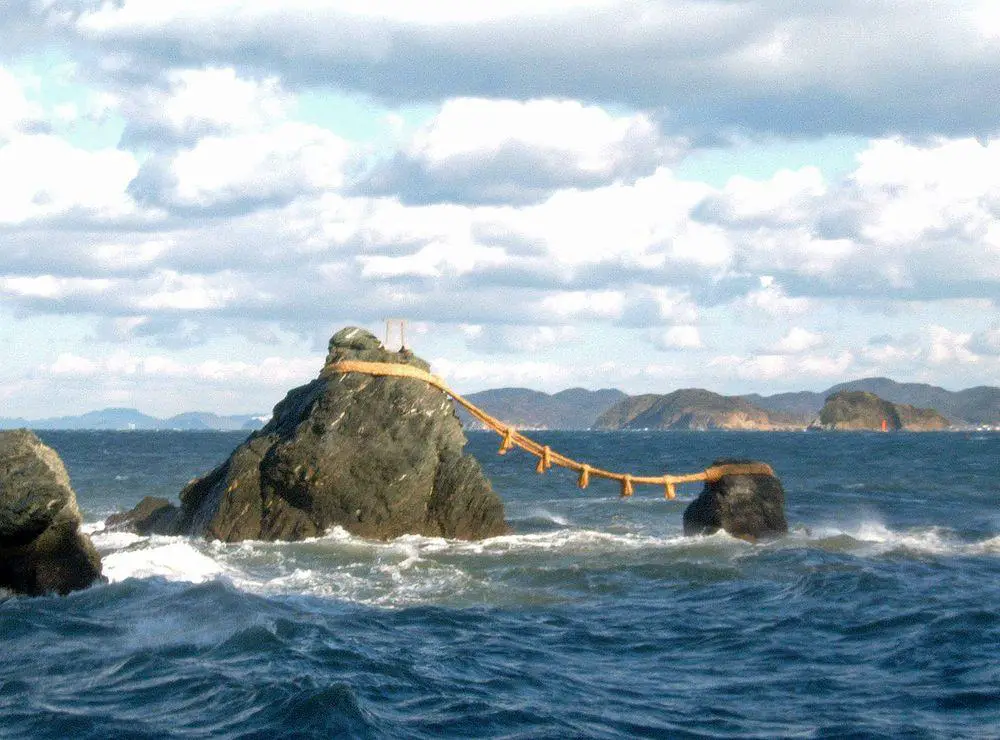
Nijō Castle
Kansai
Large castle complex with gardens and diverse historical buildings. Castle was built in 1626 and later were added many valuable buildings, such as the ornate Ninomaru Palace and Honmaru Palace.
Shimogamo
Kansai
One of the oldest Shinto shrines, founded in the 6th century AD. Temple protects Kyoto from evil influence.
Usa jingū
Kyūshū
Important Shinto shrine developed since the 8th century AD. It is possible that here in 779 AD was built the first shrine – the temple of Japan that was called Miroku-ji. Current beautiful buildings were built in the middle of the 19th century.
Gokayama
Chūbu
Group of traditional villages (including Ainokura, Taira, Kamitaira, Toga) with the rare gasshō-zukuri style houses that often are more than 300 years old and even 400 years old.
 Recommended books
Recommended books
Cool Japan Guide: Fun in the Land of Manga, Lucky Cats and Ramen
Whether you’re ready to hop a plane and travel to Japan tomorrow, or interested in Japanese culture, this fun and colorful travelogue by noted comic book artist and food blogger Abby Denson, husband Matt, friend Yuuko, and sidekick, Kitty Sweet Tooth, will present Japan in a uniquely and fascinatingly.
DK Eyewitness Travel Guide: Japan
This uniquely visual DK Eyewitness Travel Guide will help you to discover everything region-by-region, from local festivals and markets to day trips around the countryside. Detailed listings will guide you to the best hotels, restaurants, bars, and shops for all budgets, while detailed practical information will help you to get around, whether by train, bus, or car. Plus, DK’s excellent insider tips and essential local information will help you explore every corner of Japan effortlessly.

